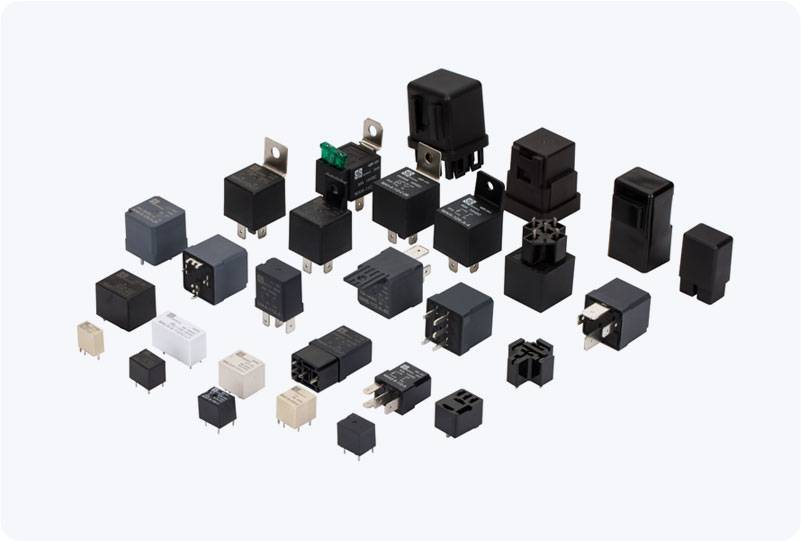Car relays are integral parts of a vehicle’s electrical system, serving as switches to control high-current devices using a low-voltage signal. These compact devices provide an efficient way to control various components in the car, such as headlights, fuel pumps, and cooling fans. Understanding the different types of car relays is crucial for anyone working with automotive electrical systems, whether for repair, upgrade, or diagnostics. In this article, we will explore the various types of car relays, their functions, and common applications in vehicles.

What is a Car Relay? A relay is an electromagnetic switch that uses a small current to control a larger current. Essentially, relays allow one circuit to control another, and they are used to avoid the need for a high-current switch in a car’s control systems. For example, rather than routing a large current directly through a dashboard switch, a relay allows the switch to control the relay, which then powers the larger circuit. This not only improves the lifespan of components but also ensures that electrical systems can be activated safely. Standard Relays The most common type of relay in automotive applications is the standard relay. These relays typically feature a four-pin setup and are used to control devices that require high current, such as headlights, horns, and fuel pumps. In a standard relay, a small current activates an electromagnetic coil, which then closes or opens a set of contacts, enabling the larger current to flow. Standard relays are rated to handle currents of 20 to 40 amps, making them suitable for many common car electrical components.
Leave a Reply